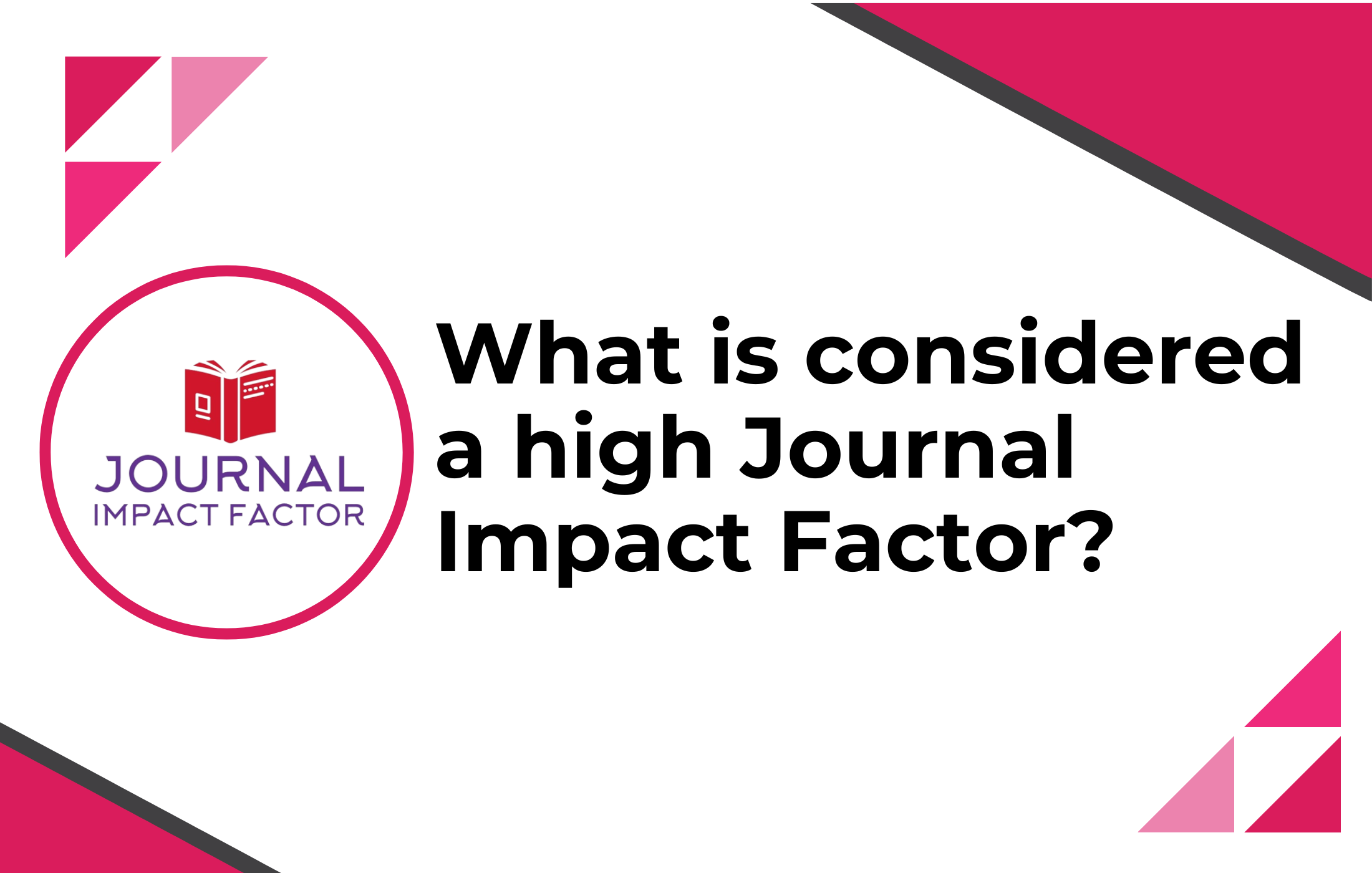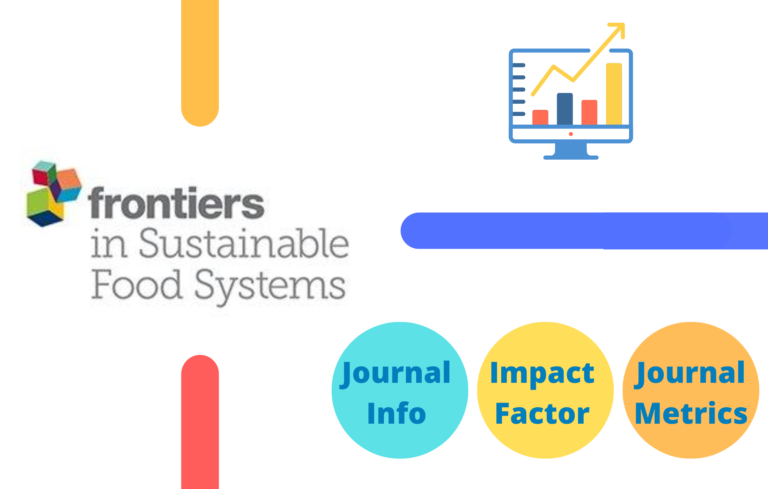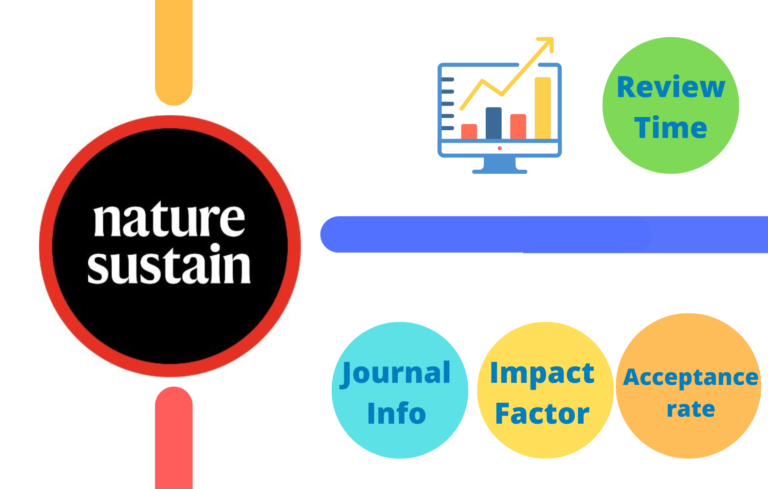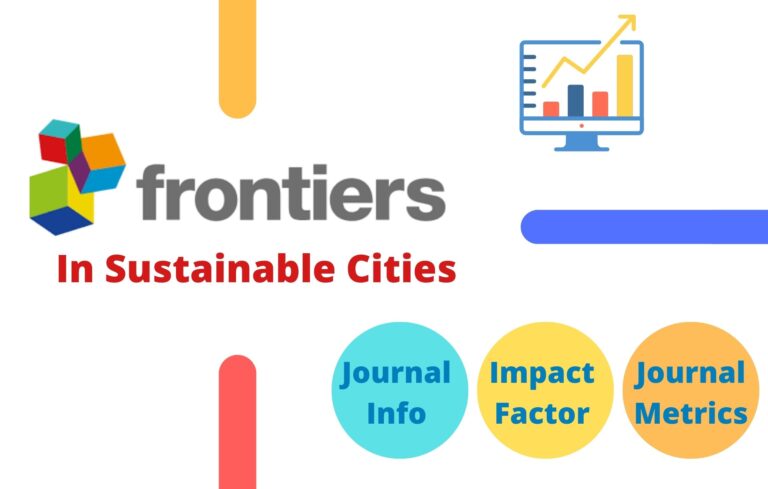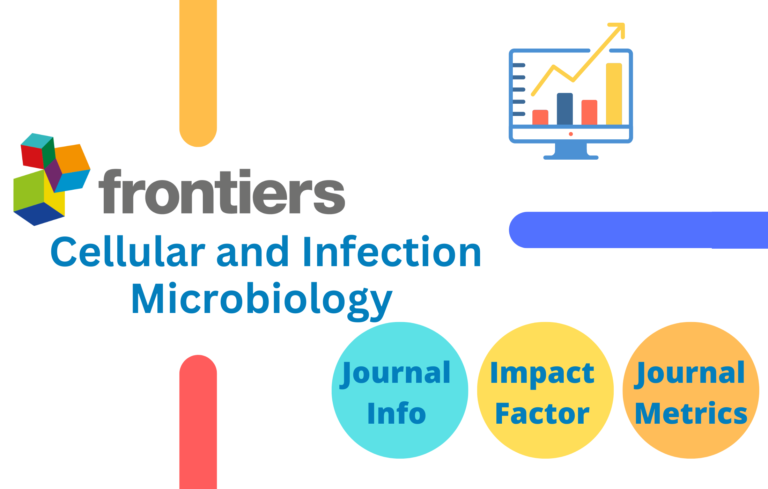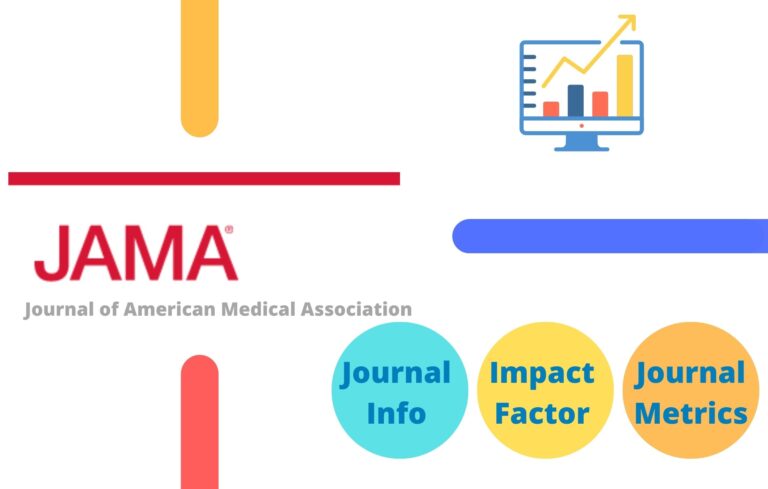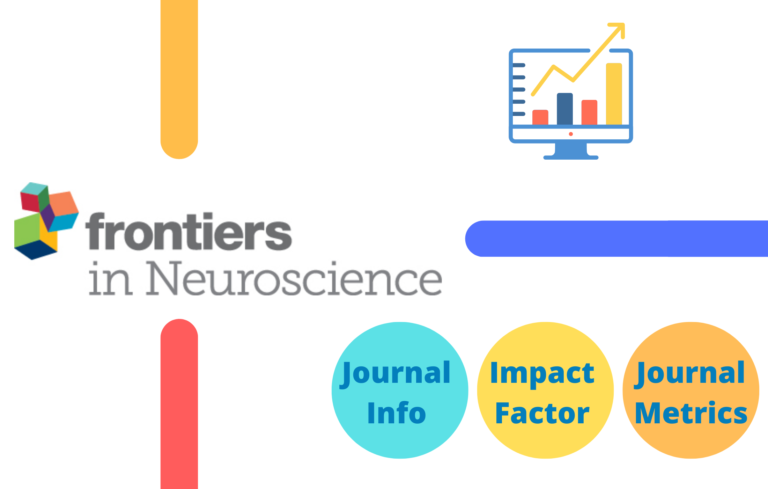The value of what constitutes a “high” Impact Factor can vary depending on the field of study and the context in which the Impact Factor is being considered.
What is an Impact Factor?
The Impact Factor (IF) is a measure of the frequency with which the average article in a journal has been cited in a particular year. It is calculated by dividing the number of citations received by the number of articles published in a journal in the two preceding years.
For example, if a journal has an Impact Factor of 3.0, it means that on average, each article published in that journal in the past two years has been cited three times.
The impact Factor is used as a metric to evaluate the relative importance of a journal within its field. However, it is important to note that the Impact Factor is just one measure of a journal’s quality and should not be used as the sole criterion for evaluating a journal or article.

What is considered a high Impact Factor?
Generally, a high Impact Factor is considered to be above 6.0. However, it is important to note that the Impact Factor is just one measure of a journal’s quality and should not be used as the sole criterion for evaluating a journal or article.
For example, in some fields, an Impact Factor of 2.5 may be considered “good” because it is well above the median for that field, while in other fields, an Impact Factor of 6.0 may be considered “average” because the median Impact Factor for that field is higher.
It is also important to consider that some journals have a very high impact factor but are very selective on the papers they publish, thus it is important to look at the context of the research field.
Additionally, it is important to consider that some journals may have artificially inflated Impact Factors due to self-citation, or other practices, so it’s important to evaluate the journal’s reputation and to look at other metrics such as the 5-year impact factor or the CiteScore.
Other factors, such as the reputation of the journal, indexing, the scope and focus of the journal, and the number of articles published in the journal, should also be taken into account when evaluating the quality of a journal.
What is Median Impact Factor?
The median Impact Factor is the middle value of a set of Impact Factors for a group of journals within a specific field or subject area. It is a measure of the typical Impact Factor for journals within a given field.
For example, if a group of 10 journals in a specific field has Impact Factors of 2.0, 2.5, 3.0, 3.5, 4.0, 4.5, 5.0, 5.5, 6.0, and 6.5, the median Impact Factor would be 4.5, as it is the middle value when the Impact Factors are listed in numerical order.
The median Impact Factor is often used as a benchmark to compare the Impact Factor of a particular journal with the typical Impact Factor for journals within the same field. It can also be used to identify fields where the Impact Factors are generally lower or higher.
For example,
A journal with an impact factor of 5 can be considered an average journal in Biochemistry and Molecular biology category, whereas in Mathematics a 5 impact factor journal would be considered a high impact factor journal.
Is it important to publish in high Impact Factor Journals?
Publishing in high Impact Factor journals can be seen as an indicator of the quality and visibility of your research. However, it is important to note that the Impact Factor is just one measure of a journal’s quality and should not be used as the sole criterion for evaluating a journal or article.
Moreover, it is worth noting that publishing in high Impact Factor journals does not guarantee that your research will have a greater impact or that it will be more widely read and cited.
The most important thing is to publish your research in a journal that is read by the audience most interested in your research and that has a reputable editor and peer-review process.
Therefore, while it can be desirable to publish in high Impact Factor journals, it is not the only or most important consideration when choosing where to publish your research.
It is important to consider the specific aims and goals of your research and to choose a journal that will reach the most relevant audience and provide the best opportunities for visibility and impact.
Should you care about high-impact factor Journals?
A high impact factor indicates that the journal is highly respected and that its articles are frequently cited by other researchers.
Whether or not you should care about the impact factor of a journal depends on your specific needs and goals.
For some researchers, publishing in high-impact journals is important for advancing their careers and building their professional reputations. For others, the most important factor may be the audience or readership of a particular journal.
Additionally, Some fields have more stringent criteria for publishing papers, thus it may be important to publish in high-impact journals to be considered as a reputable researcher.
On the other hand, some fields may not be as concerned about the journal’s impact factor, the most important thing is the content and the advances in the field.
It is important to keep in mind that the impact factor is not the only metric used to evaluate the quality of a journal or the importance of an article. Other factors, such as the peer-review process, the reputation of the editorial board, and the relevance of the journal to your field should also be considered.
Many researchers including Nobel Laureate Martin Chalfie says Important Factor is really not a thing that a researcher should consider when publishing his research.
Noble Laureate Brian Kobilka shares his thoughts on publishing in high-impact journals.
Read More
